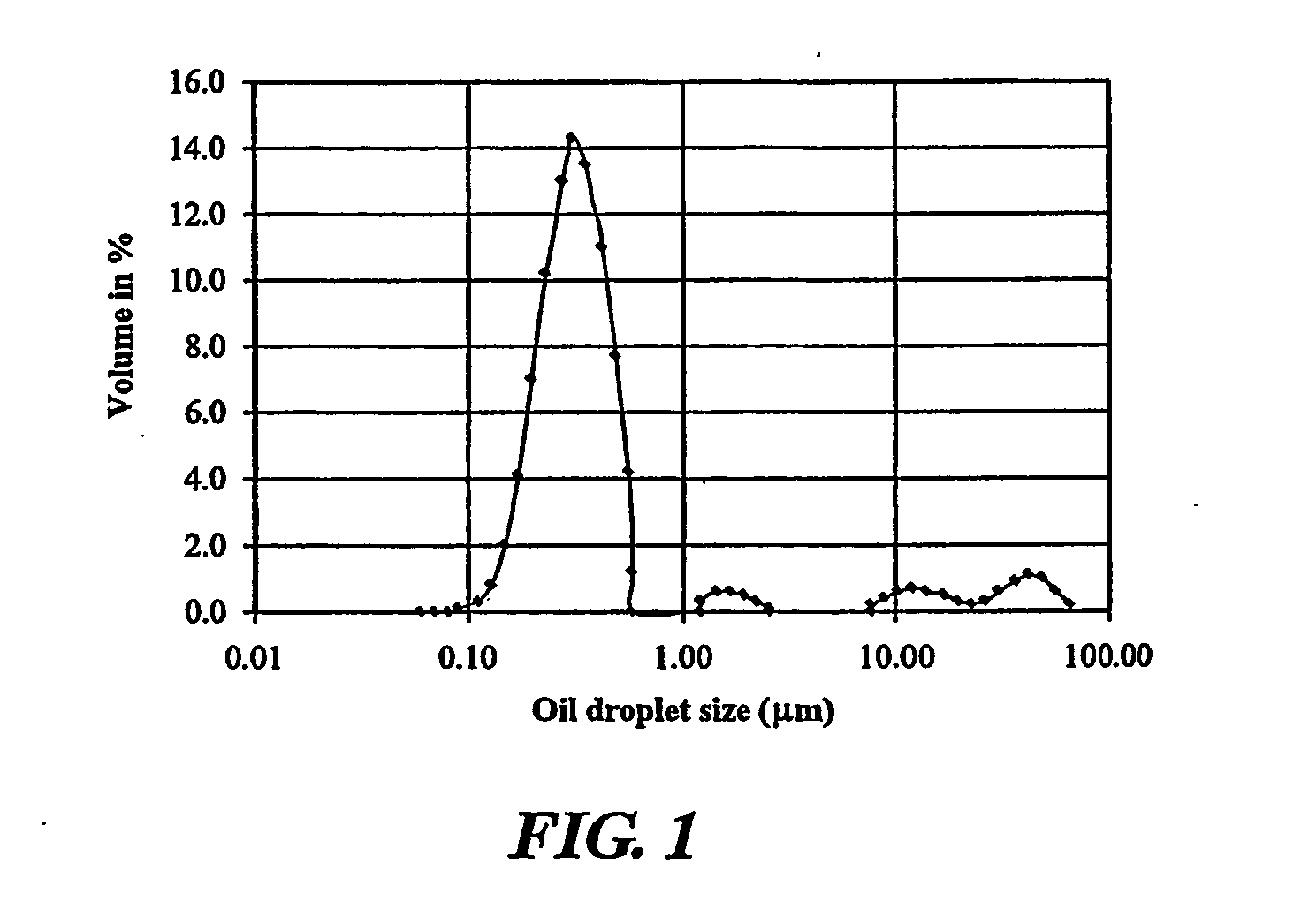Hollow fiber membrane for the treatment of waste lubricants and method for its production
a technology of hollow fiber and waste lubricants, which is applied in the direction of cellulose derivative artificial filaments, moving filter elements, water/sludge/sewage treatment, etc., can solve the problems of inefficiency of emulsion, more chemicals in water, and complex liquid-liquid separation, so as to reduce costs, simplify production, and reduce fouling tendency
- Summary
- Abstract
- Description
- Claims
- Application Information
AI Technical Summary
Benefits of technology
Problems solved by technology
Method used
Image
Examples
Embodiment Construction
[0013] Cellulose acetate was chosen as the membrane material because of its high hydrophilicity (i.e. having an affinity for water) which favors the reduction of fouling tendencies of the resulting membranes. Its unique characteristics are known to be suitable for the production of membranes with high water permeability for the treatment of oily wastewater.
[0014] Commercially available cellulose acetate was used as the present membrane material. An organic solvent was selected to dissolve the cellulose acetate. In addition, non-solvent additives which are also known as modification agents are also required. Together these components form the doping solution.
[0015] A tube-in-orifice spinneret is used to form the hollow fibers via the phase inversion technique or sometimes referred to as immersion precipitation. In this method, an external coagulant or a precipitation bath and an internal coagulant or bore liquid are required to form the hollow fibers.
[0016] In a preferred embodime...
PUM
| Property | Measurement | Unit |
|---|---|---|
| thickness | aaaaa | aaaaa |
| weight percent | aaaaa | aaaaa |
| weight percent | aaaaa | aaaaa |
Abstract
Description
Claims
Application Information
 Login to View More
Login to View More - R&D
- Intellectual Property
- Life Sciences
- Materials
- Tech Scout
- Unparalleled Data Quality
- Higher Quality Content
- 60% Fewer Hallucinations
Browse by: Latest US Patents, China's latest patents, Technical Efficacy Thesaurus, Application Domain, Technology Topic, Popular Technical Reports.
© 2025 PatSnap. All rights reserved.Legal|Privacy policy|Modern Slavery Act Transparency Statement|Sitemap|About US| Contact US: help@patsnap.com


